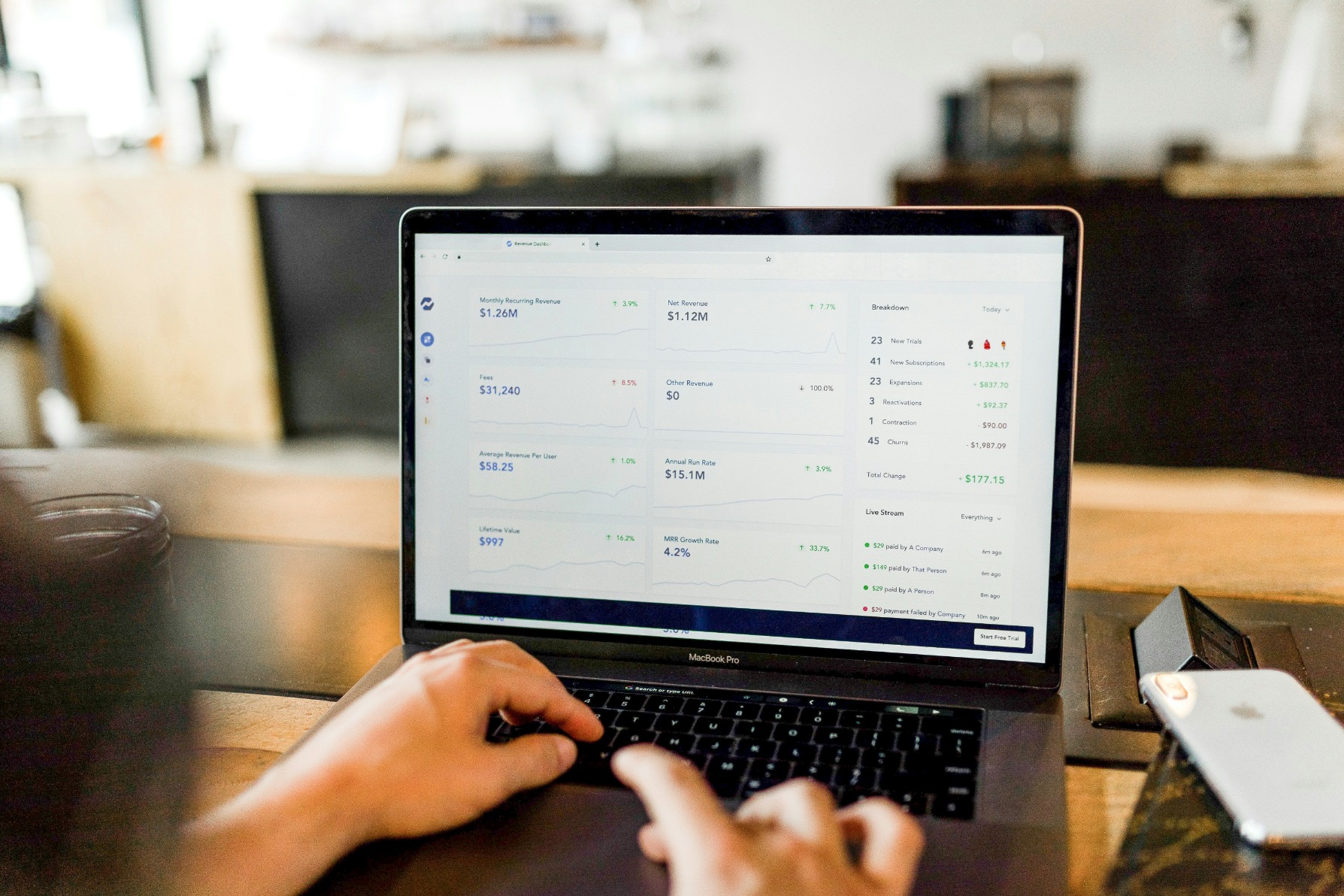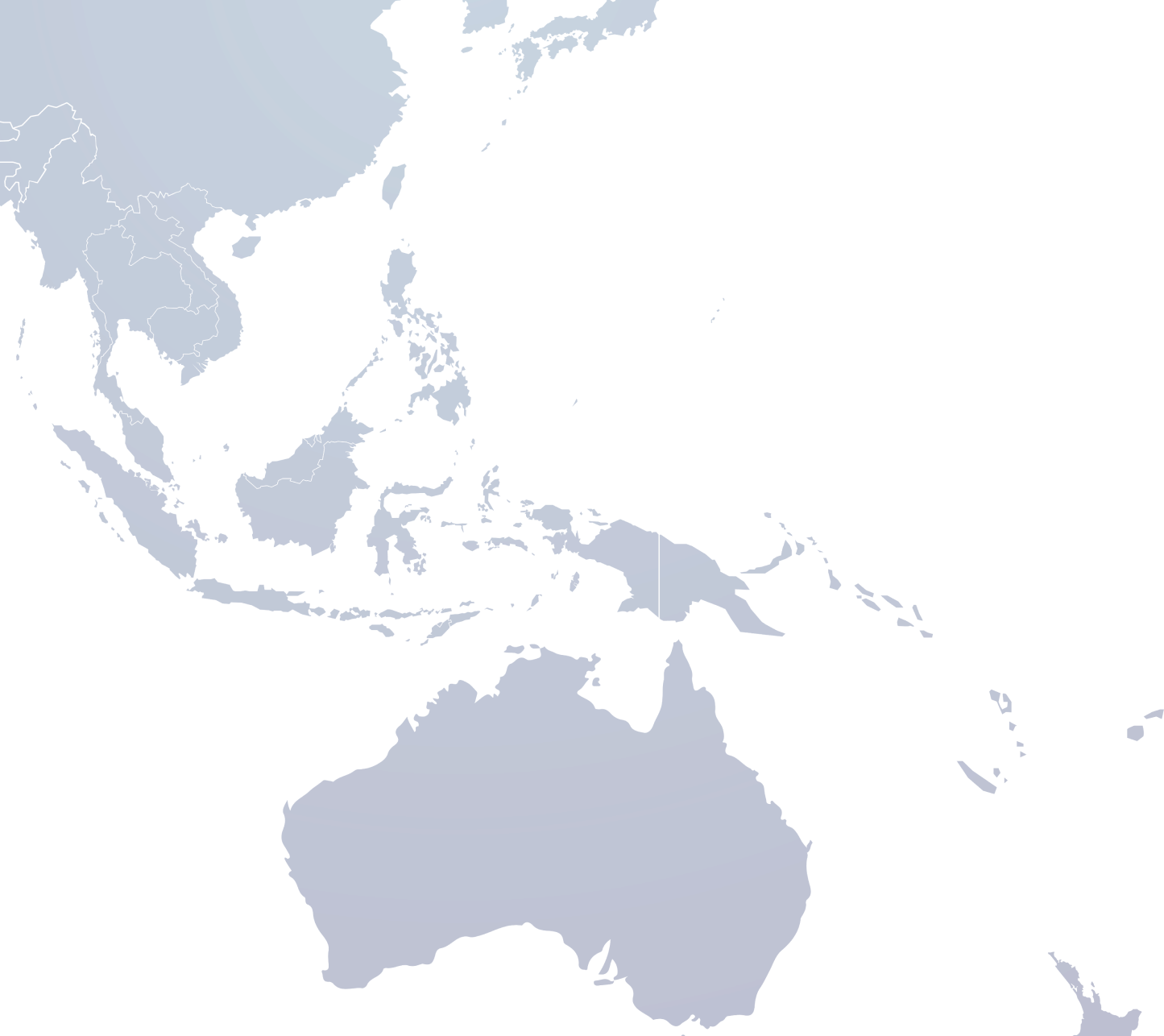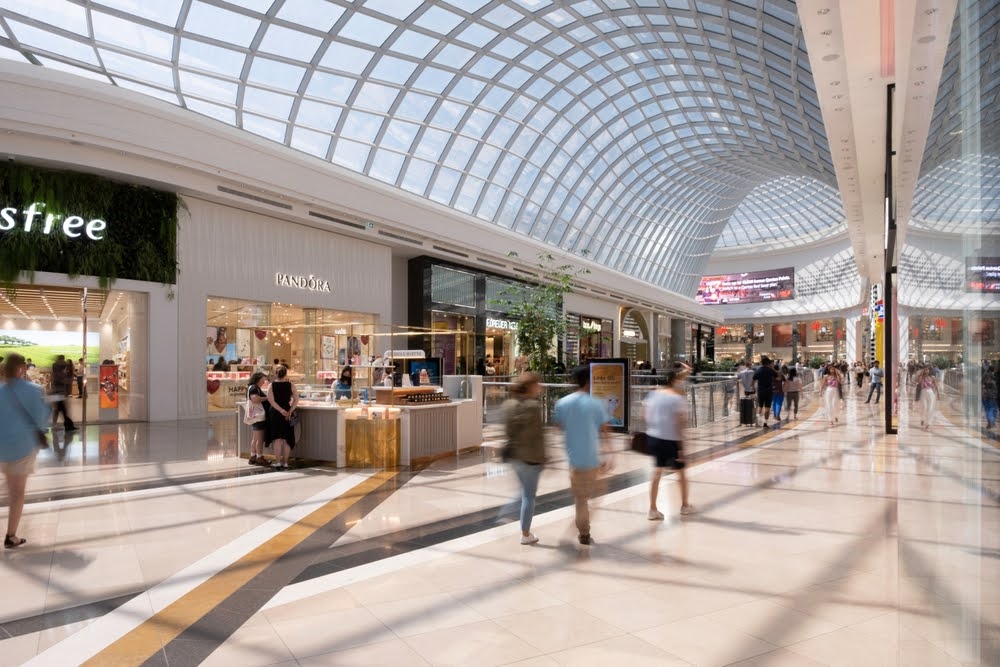Visibility Is No Longer Cheap—Even for Niche Brands
There was a time when a well-structured Google Ads campaign could get a brand to the top of the page for just a few dollars a click—even in competitive sectors. That window has closed. Across APAC, cost-per-click rates are climbing fast, and even industries that once flew under the radar—like SaaS tools, logistics tech, or B2B services—are now seeing intense competition on search.
What’s changed isn’t just the volume of advertisers. It’s the shift in how brands value digital real estate. Everyone’s fighting for limited attention, and Google’s auction model rewards the most precise strategies, not just the biggest budgets. It’s why some businesses are seeing their monthly ad costs rise while conversions flatline. The old playbook of “set it and forget it” doesn’t work anymore.
Whether you’re a local startup or a regional challenger brand, the cost of being visible has gone up. And without a sharper strategy behind that spend, most campaigns are simply outbid or outperformed.
Bid Inflation Is Pricing Out Poor Strategy
As competition ramps up, Google’s algorithm is getting better at identifying which campaigns are actually useful—and which ones just take up space. That shift is pushing weaker strategies out of the market. Broad match keywords, auto-bidding with no manual oversight, and generic landing pages are becoming too expensive to justify. These setups might still get impressions, but they rarely convert. And with CPCs climbing, “just getting seen” is no longer enough.
Right now, campaigns that survive inflation have one thing in common: tight targeting. That means exact-match keyword structures, segmented ad groups, negative keyword control, and ongoing A/B testing across ad creative and landing pages. It’s strategy that gets sharper as spend increases, not looser.
We’re also seeing a clear divide between teams running Google Ads as a technical channel versus those treating it like a branding platform. The former are pulling ahead. When every click costs more, the margin for error shrinks—and the only way to stay in the game is by cutting waste, not corners.
Regional Nuance Now Impacts Performance at Scale
Running the same ad campaign across Australia, Singapore, and Malaysia doesn’t just dilute performance—it guarantees wasted spend. What people search, how they search, and what convinces them to click vary more than most businesses realise. Local context isn’t a “nice to have” anymore—it’s a requirement.
In Melbourne, decision-makers might respond to direct messaging and transparent pricing. In Jakarta or Manila, the same audience could expect more relational language or proof of local credibility. Even something as simple as the way services are described—IT support vs managed services vs infrastructure consulting—can shift dramatically by region.
That’s where regional strategy becomes essential. Agencies that understand how to tailor campaigns to local expectations are getting more out of every dollar. A Melbourne-based Google Ads agency working with APAC clients, for example, doesn’t just translate campaigns; they rebuild them to align with buyer intent and cultural norms, without losing technical precision.
In a market where every click is contested, that level of nuance is what keeps campaigns profitable.
First-Click Isn’t the Goal—Conversion Architecture Is
Clicks are easy. Conversions are where the real work begins. That’s why the best-performing campaigns across APAC aren’t focused on volume—they’re engineered for follow-through. In markets where ad costs are rising and attention spans are short, the value isn’t in getting someone to click. It’s in making sure that click leads somewhere meaningful.
That means designing full conversion paths—not just landing pages. High-intent audiences are being funneled through lead magnets, qualification forms, product comparison tools, and retargeting sequences built to reflect how real buyers behave. A one-page pitch no longer competes in categories where the average deal takes weeks—or months—to close.
Successful campaigns are layering intent. A prospect might click once, bounce, and come back via a remarketing ad offering a demo, a case study, or a pricing breakdown. Each of those steps is tracked, tested, and built into a structured sequence that leads to pipeline—not just pageviews.
In this landscape, a good campaign doesn’t stop at the ad. It ends with a sale.
Ads Aren’t Failing—Strategy Is
It’s easy to blame rising costs on the platform. But Google Ads still works—it’s just less forgiving. What used to be “good enough” in 2020 is now bleeding budget in 2025. Campaigns with weak targeting, unclear messaging, or disconnected landing experiences aren’t just underperforming—they’re being priced out entirely.
What’s working now are campaigns built with intent-first strategy, localised structure, and full-funnel planning. That shift is why more businesses are rethinking who manages their spend. Instead of handing off accounts to generalists or in-house teams stretched thin, they’re moving toward performance-led partnerships that understand the platform and the market.
Paid visibility hasn’t stopped working. It’s just evolved—and the businesses evolving with it are the ones still scaling.




























